The Stephen King Story That Deserves A Proper Movie
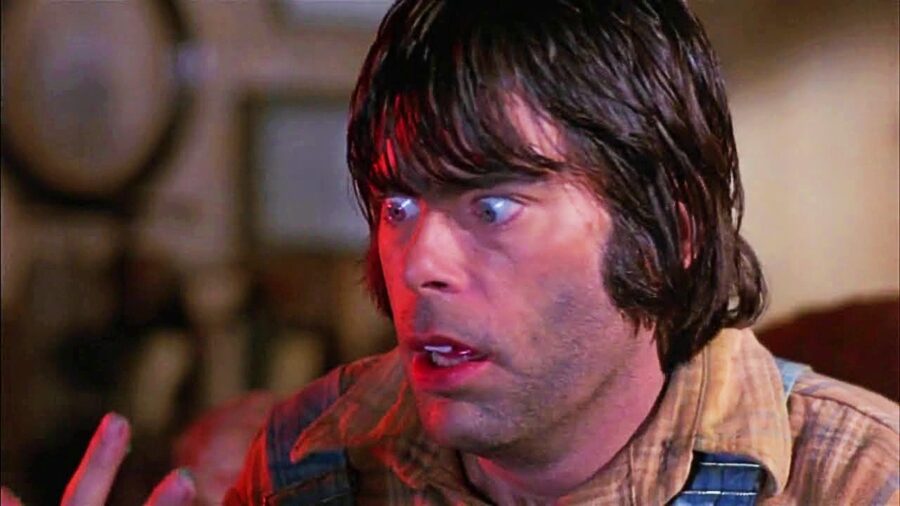
Stephen King has been the king of horror for decades, but there’s one psychological thriller that stands out from the rest of his work that needs to be adapted into a film: The Girl Who Loved Tom Gordon.
Given the novel’s pacing, length, and linear narrative, a faithful adaptation of this story about a young girl lost in the woods could truly be the stuff of nightmares if given the right treatment. In just 224 pages, King brings us to the brink of death through his vivid descriptions of a hallucinatory fever dream through the eyes of a child.
The Girl Who Loved Tom Gordon
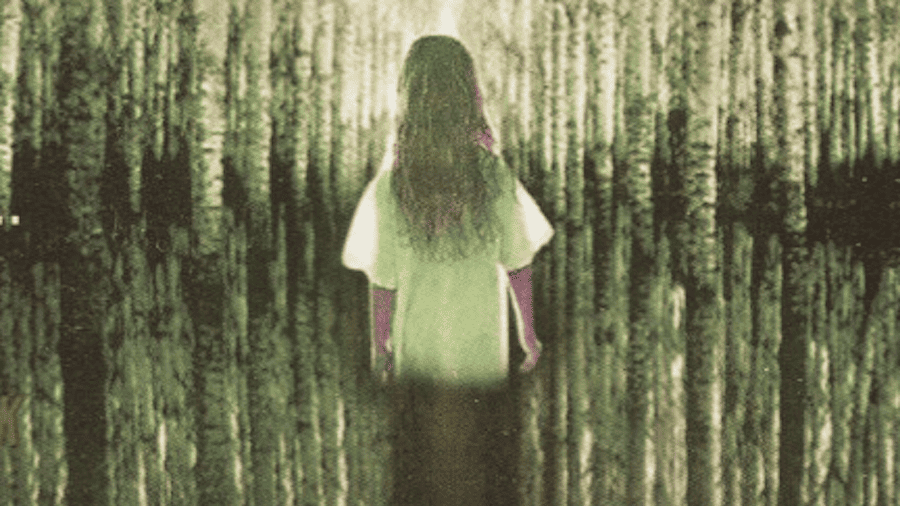
Though Stephen King is no stranger to exploring the supernatural in his novels, The Girl Who Loved Tom Gordon is a story of isolation and survival through the eyes of a 9-year-old who has to confront her personal demons.
What sets this solo odyssey apart from King’s other works is its focus on a single protagonist and her thought process while she navigates the wilderness by herself as her physical health and mental state both deteriorate over time.
No World-Building Needed
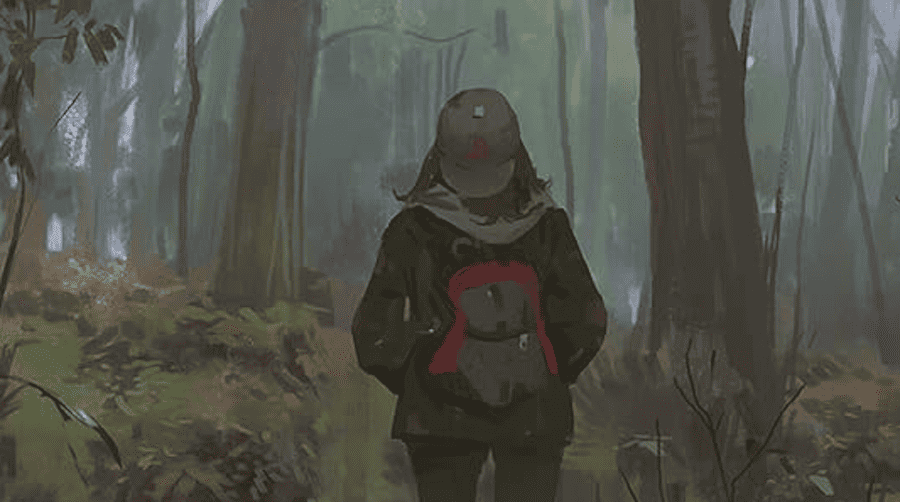
Through this psychological unraveling, we’re presented with a tightly focused story that doesn’t require extensive world-building to get its point across.
Through its narrow narrative scope, Stephen King’s The Girl Who Loved Tom Gordon focuses on Trisha McFarland. While hiking with her recently divorced mother and her brother, Pete, Trisha becomes irritated over their constant arguing, and separates herself from the unpleasant exchanges they’re having.
When she breaks away from the trail to go to the bathroom, she becomes lost and has no sense of which direction her family went.
Alone And Afraid

Alone and afraid, Trisha can only rely on herself to find her way back to civilization in The Girl Who Loved Tom Gordon. Her backpack contains a limited amount of food and supplies, but she’s resourceful enough to ration what little nourishment she has in case she isn’t rescued by nightfall.
Since we’re talking about a Stephen King story, the narrative quickly treads further into the wilderness, and into the darkness that occupies Trisha’s imagination.
Walkman As Last Connection

Fortunately for Trisha, her Walkman has enough battery power to allow her to listen to the Red Sox game, which will prominently feature her favorite player, Tom Gordon.
Stephen King uses the Walkman in The Girl Who Loved Tom Gordon as Trisha’s last connection to the outside world. She clings to the baseball broadcast to keep herself sane.
But as the days pass, and starvation, illness, fear, and thirst push her mind and body to their limits, Trisha begins to spiral and loses hope that anybody will find her before she dies.
Pure Desperation
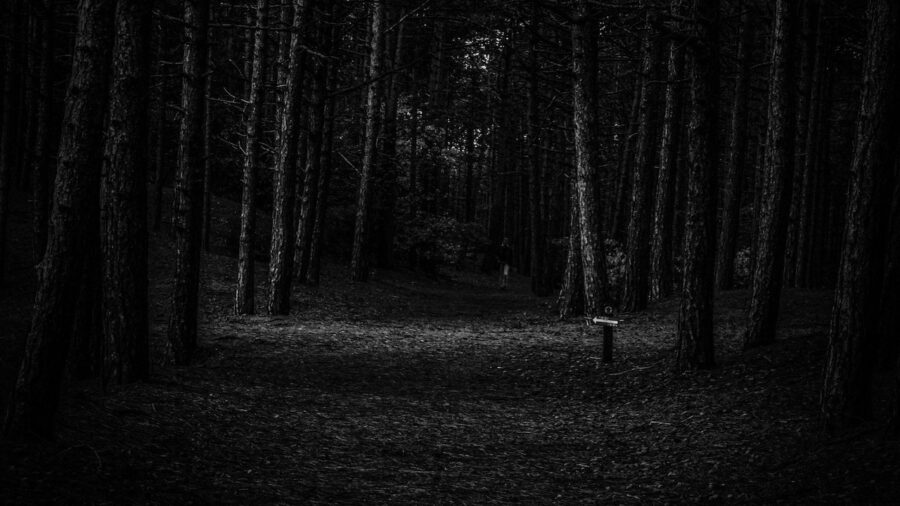
Trisha’s hallucinations in The Girl Who Loved Tom Gordon come from a place of pure desperation, and in her delirious state, she starts to imagine that she’s being hunted.
Stephen King’s narrative makes you wonder if there is some sort of supernatural being behind the terror Trisha experiences, or if everything is simply a figment of her imagination as she tries to cope with her reality.
George Romero Adaptation?
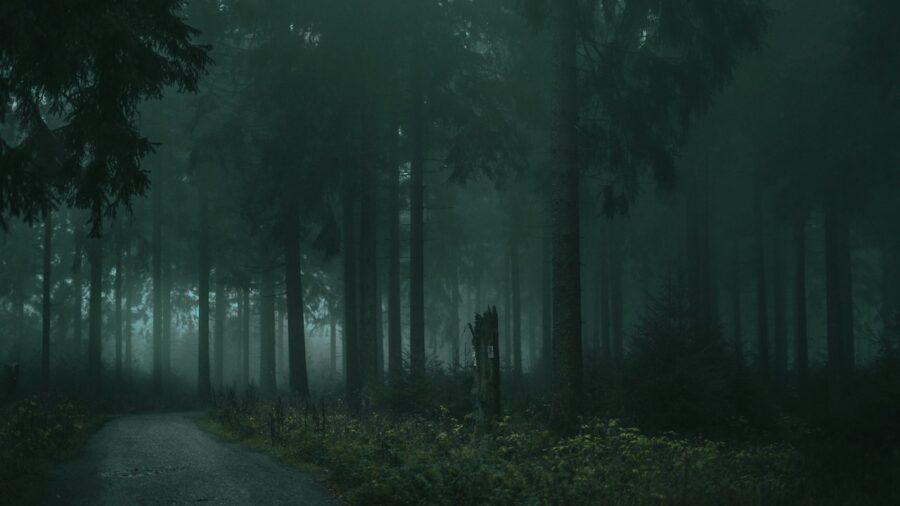
There have been talks of a George Romero adaptation of The Girl Who Loved Tom Gordon as early as 2005, but the project was never fully realized. Since Romero’s passing in 2017, there haven’t been many updates about this possible Stephen King movie.
The most recent updates report that Village Roadshow Pictures has acquired the rights to the movie, and Romero’s former wife, Christine Forrest, is still attached to the project.
We can only hope that one of Stephen King’s most underrated novels finally gets the big-screen treatment it deserves. And we don’t need a big-budget production for The Girl Who Loved Tom Gordon because of its location and casting. All we need is the right screen play and for the project to move forward.












